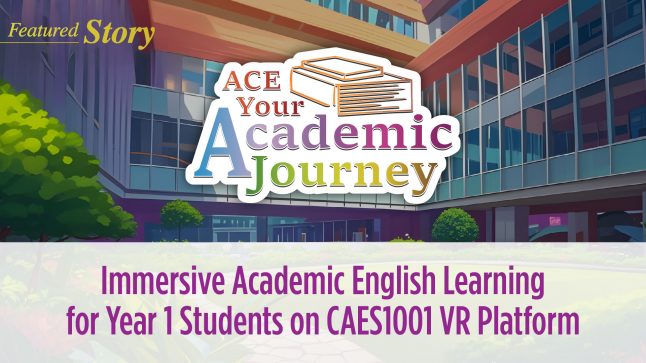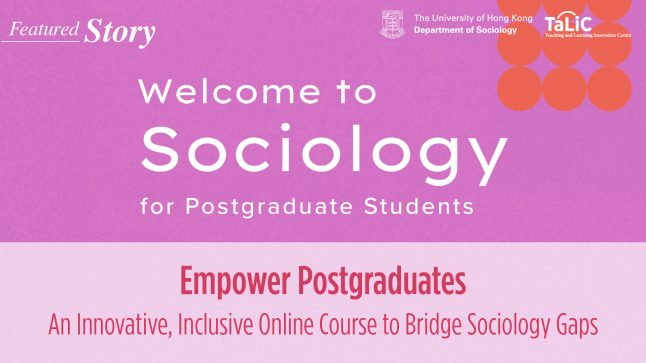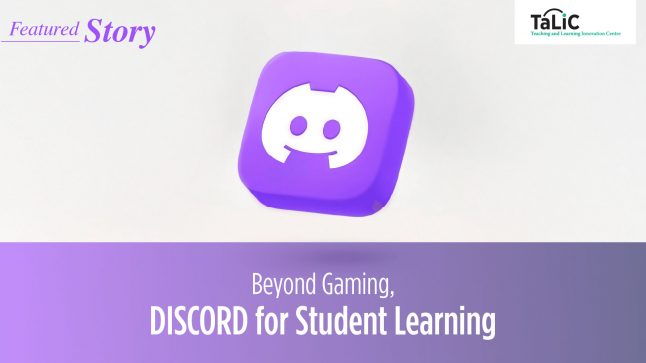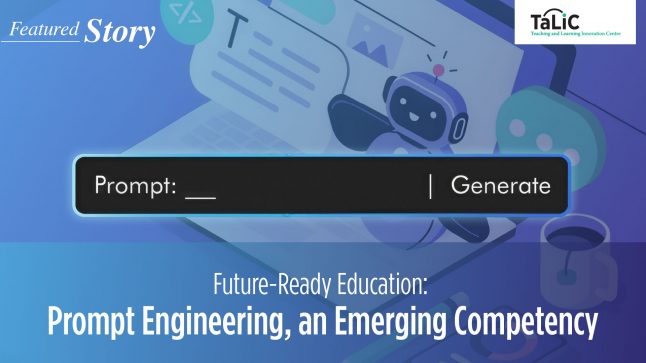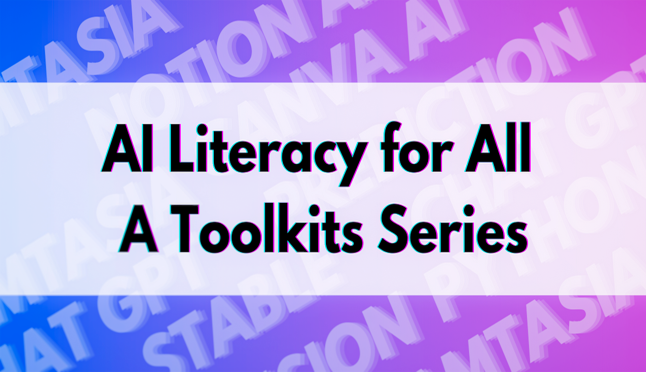
Fostering stronger inter-collegiate links and sharing of knowledge expertise have always been high priorities in the World’s No. 1 Dental Faculty in the World. From January 29 to February 2, 2018, Dental Materials Science of the Faculty of Dentistry collaborated with HKU TeLi to run a winter programme in Applied Oral Sciences (AOS) at Prince Philip Dental Hospital.
AOS is a 5-day blended learning programme which aims to share (i) innovative methods and best practices in dental materials science research and on-campus instructions, as well as, (ii) technology-enriched pedagogies in teaching and learning, in particularly, in MOOCs and MOOC-based teaching and learning design to dentistry and medical faculties in mainland China and Korea.
AOS participants included 80+ students and teachers from 22 dental and medical schools from Korea and China, The list of institutions of the participants are as follows: BengBu Medical University , China Medical University , Chonnam National University , Fujian Medical University , Guangxi Medical University , Harbin Medical University , Hunan University of Medicine , Huzhou University , Jinzhou Medical University , Jiujiang University , Kunming Health Vocational Institute , Nantong University , Pusan National University , Qinghai University , Shijiazhuang Medical College , Taishan Medical University , Tangshan Vocational and Technical College , Tianjin Medical University , Wenzhou Medical University , Wenzhou Medical University Renji College , Wuhan University , and Xingtai Medical College.
The programme was packed with intensive knowledge sessions of featured lectures, as well as, experiential learning and interactive workshops.
 Professor Jukka Matinlinna introducing the newest endeavours of Dental Materials Science Faculty.
Professor Jukka Matinlinna introducing the newest endeavours of Dental Materials Science Faculty.
 Dr. James Tsoi talked about teaching and learning in Dental Materials Science.
Dr. James Tsoi talked about teaching and learning in Dental Materials Science.
Deepening Knowledge in Dental Materials Science Research
Through featured lectures conducted by Dental Materials Science faculty, students gained insights in some popular Applied Oral Health research areas including Biomechanics in Orthodontics, Biomaterials for Our Life and Current Approaches and Future Challenges in Dental Pulp Regeneration. These face-to-face sessions also allowed participants to interact with leading academics and dental professionals, as well as, peers from different universities.
Experiencing E-learning and Innovative Pedagogy
All the participants were enrolled in a customized version of the MOOC course for AOS. This enabled the participants to experience the courseware, in particular, the learning activities and bite-sized pedagogy, as well as, the newest science in Dental Materials Science education through videos such as close range surgery demonstrations, stereo-photogrammetry and digital rendering of oral cavities in authentic clinical cases.
A sneak peek of the MOOC: Materials in Oral Health!
 TeLi colleague’s sharing of MOOC development.
TeLi colleague’s sharing of MOOC development.
A platform to Scale MOOC Learning Initiatives beyond the Region
In addition to experiencing the educational methodologies in the MOOC course, educators and teachers from visiting institutions were engaged with a practical session – learning how to deliver content using MOOCs and integrating trending technology in teaching. TeLi shared experiences in MOOC development and production with the teachers, and guided them through the course framework and various key components of the course. Among the topics discussed were pragmatic skills in storyboarding and video production, managing schedules and resource requirements. Many teachers were eager to ask questions and some also shared their own experience and challenges encountered in blended learning and online courses.
The sharing with mainland educators and students enabled TeLi and the Dentistry faculty to transfer our experience to future e-learning creators in professional Dentistry, and empowered the participants to pass on their new experience to more people in the mainland.
It is our hope to inspire more inter-institutional and interdisciplinary collaboration in teaching oral health care, and possibly e-learning pedagogical design and research.
Contact us if you are interested in creating knowledge exchange opportunities with us!
Further reading
MOOC experience sharing with delegates of Anhui Medical University


